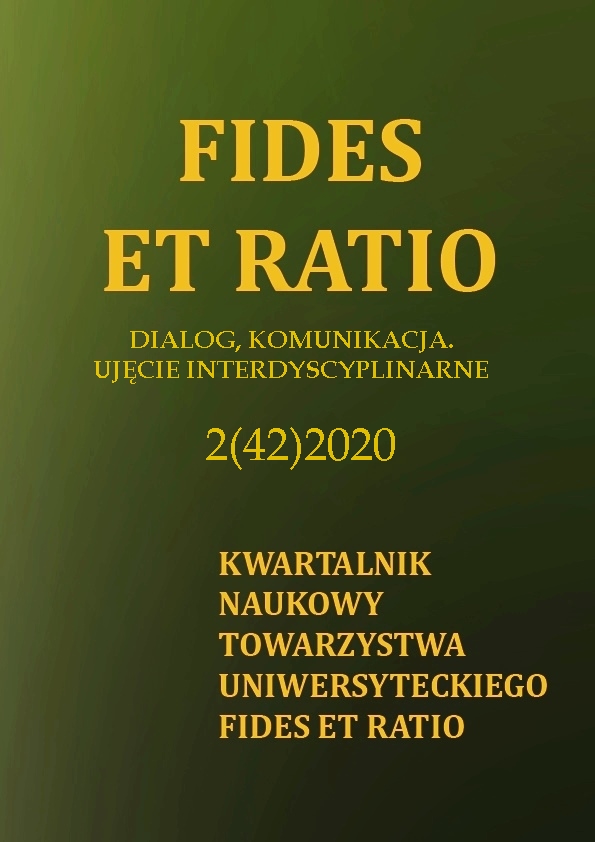Abstract
Pinna nobis, a mollusc bivalve that could even reach 1m in height produces the burr that hardens on contact with water and is used to attach to the rocks of the seabed. Since ancient times, the byssus fiber extracted and processed was used thanks to its therapeutic powers in medicine, but most of all to produce fabrics of the highest quality. The ancient production of byssus was located between the Mediterranean and the Middle East. The fiber considered sacred was used to weave royal robes, ornaments, sacred vestments, etc. There are several written testimonials, including the Bible. Today, the only person capable of processing and weaving byssus remains Maestro Chiara Vigo. The enhancement of the fiber, its elaboration and, finally, weaving can remain alive, not to forget an ancient art, through adequate protection, by part of the Authorities, of the last Maestro Chiara Vigo who hands down to future generations the teaching of a millenary art related to the history and manufacture of byssus; also through museums, such as: Museum of Merceology of the Sapienza University of Rome, Vatican Museum, Museum der Kulturen in Basel, Louvre Museum in Paris, Museum of Pharmacy in Warsaw, Museum of the Kardynal Stefan Wyszynski University in Warsaw, and others , who are in possession of this precious material, cultural heritage is enhanced. Furthermore, the scientific development and the knowledge of the structure and properties of the byssus fiber allow the production of the materials used in the medicinal sector.
References
Alciphron (1873), Epistolae I, ed. Hercher R., Epistolographi Graeci, Paris: Ambrosio Firmin Didot.
Arabas I., Biniecka M., Czyż L.M., Tulik S. (2019), Legendarne surowce lecznicze pochodzenia morskiego: historia z ciagiem dalszym, Farmacja Polska, (75)12, pp. 692-697.
Badde P. (2007), La seconda Sindone, Roma: Newton Compton.
Bieler R., Mikkelsen P.M., ed altri (2014), Investigating the Bivalve Tree of Life – An exemplar-based approach combining molecular and novel morphological characters. Invertebrate Systematics, Baltimore: Johns Hopkins University Press.
Biniecka M. (2017), I Maestri del Bisso, della Seta, del Lino, Roma: Sapienza Universita Editrice.
Bouhlel Z., Genard B., Ibrahim N. e altri (2017), Interspecies comparison of the mechanical properties and biochemical composition of byssal threads, Journal of Experimental Biology, 220, pp. 984-994.
Capecelatro G. (1780), Spiegazione delle conchiglie che si trovano nel piccolo mare di Taranto e che si sono offerte alla Sacra Imperiale Maestà di Catterina II, Sovrana Autocratrice di tutte le Russie, Napoli.
Carrington E., Waite J. H, Sara G., Sebens K. P. (2015) Mussels as a model system for integrative ecomechanics, Science 7 , pp. 443-469.
Cassel L. (1989), The Periplus Maris Erythraei, Princeton: University Press.
Delehaye E. (2006), Il bisso, una fibra misteriosa fra storia e letteratura, Sassari: C. Delfino.
Diana A., Reguzzoni M., Congiù T., Raspani M. (2017), The byssus threads of Pinna nobilis: A histochemical and ultrastructural study, European Journal of Histochemistry, 61(4):2779, pp. 280-286.
Donzelli G. (1736), Teatro farmaceutico dogmatico, e spagirico del dottore Giuseppe Donzelli napoletano, Venetia: appresso Gasparo Storti.
Enke M., Bode S., Vitz J., Schubert U. S. (2015), Self-healing response in supramolecular polymers based on reversible zinc–histidine interactions, Polymer 69, pp. 274-282.
Enke M., Bose R. K., Bode S., e altri (2016), A Metal Salt Dependent Self-Healing Response in Supramolecular Block Copolymers, Macromolecules 49(22), pp. 8418-8429.
Erotodo (1951), Le Storie, trad. Izzo d’Accinni A., Firenze: Sansoni.
Gaeta S. (2010), L’enigma del volto di Gesù, Bergamo: Rizzoli.
Harrington M.J., Masic A., Holten-Andersen N., Waite J.H., Fratzl P., (2010), Iron-clad fibers: a metal-based biological strategy for hard flexible coatings, Science, 328(5975), pp. 216-220.
Jaworski J.S. (2010), Properties of byssal threads, the chemical nature of their colors and the Veil of Manopello, Proceedings of the International Workshop of the Scientific approach to the Acheiropoietos Images, ENEA, Frascati.
La Sacra Bibbia (2008), , Roma: CEI.
Lavazza S., (2016), Dal buio alla luce. Il bisso marino e Chiara Vigo, Bologna: Cartabianca.
Lettere di Alcifrone (1806), trad. F. Negri, Milano: Salvi e Ripamonti.
Muller G., Brunetti F. (1884), Dizionario manuale della lingua greca, t. 1-2, Torino: Loescher.
Nuovo Dizionario Universale Tecnologico di Arti e Mestieri (1837), t. XVIII, Venezia: Giuseppe Antonelli.
Omero (2008), Iliade, Milano: BUR.
Omero (2011), Odissea, Torino: Einaudi.
Pasche D., Horbelt N., e altri (2018), A new twist on sea silk: the peculiar protein ultrastructure of fan shell and pearl oyster byssus, Soft Matter 14(27), pp. 1-16. https://pubs.rsc.org/en/content/articlelanding/2018/sm/c8sm00821c#!divAbstract (accesso: 15.06.2020).
Pasche, D., Horbelt, N., Marin, F., Motreuil, S Fratzl, P., Harrington, M. J. (2019), Self-healing silk from the sea: role of helical hierarchical structure in Pinna nobilis byssus mechanics, Soft Matter 15, pp. 9654-9664.
Plinio il Vecchio (2011), Historia Naturalis, lib.VIII-XI, ed. Maspero F., Milano: BUR.
Sada L. (1983), Perle dei mari di Puglia, Fasano: Schena Service.
Reineckel, A., Bertinetti, L., Franz, P., Harrington M.J., Cooperative behavior of a sacrificial bond network and elastic framework in providing self-healing capacity in mussel Byssal threads, Journal of Structural Biology, vol. 196, Iss. 3, pp. 329-339.
Schmitt C.N.Z., Winter A., Bertinetti L., Harrington M. J. (2015), Mechanical homeostasis of a DOPA-enriched biological coating from mussels in response to metal variation, Journal of the Royal Society Interface, pp. 1-8, https://royalsocietypublishing.org/doi/10.1098/rsif.2015.0466 (accesso: 15.06.2020).
Ventura, G. (2014), L’Ostrica e la Pinna: storia, leggenda e curiosità, Memorie Descrittive della Carta Geologia d’Italia, 406, pp. 461-500.
Vico G., (1831), Principi di Scienza Nuova d’Intorno alla comune natura delle nazioni, vol. II, Milano: per Gaspare Truffi.
